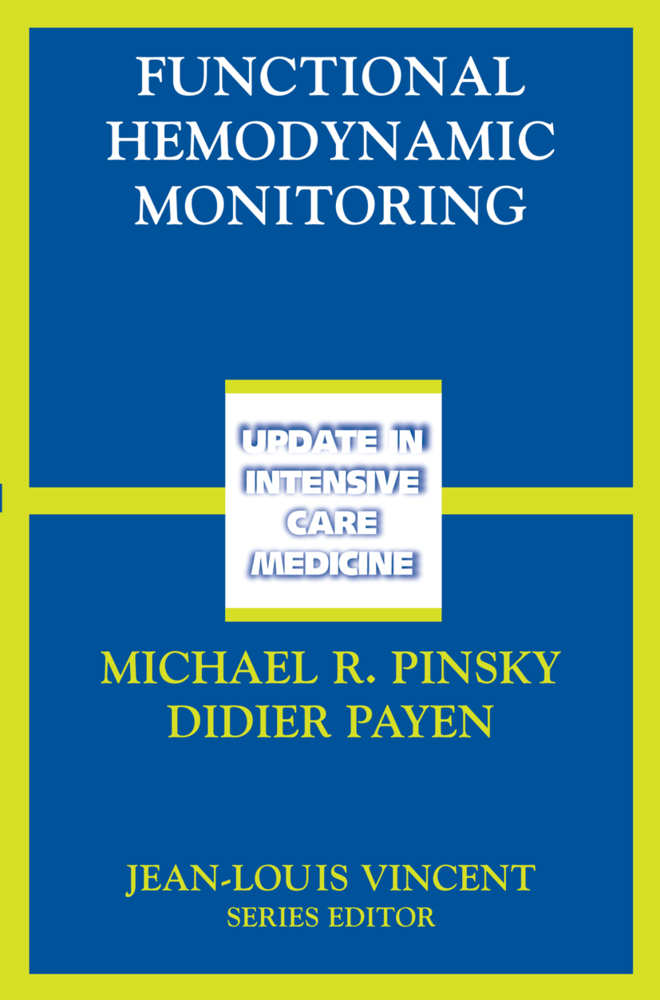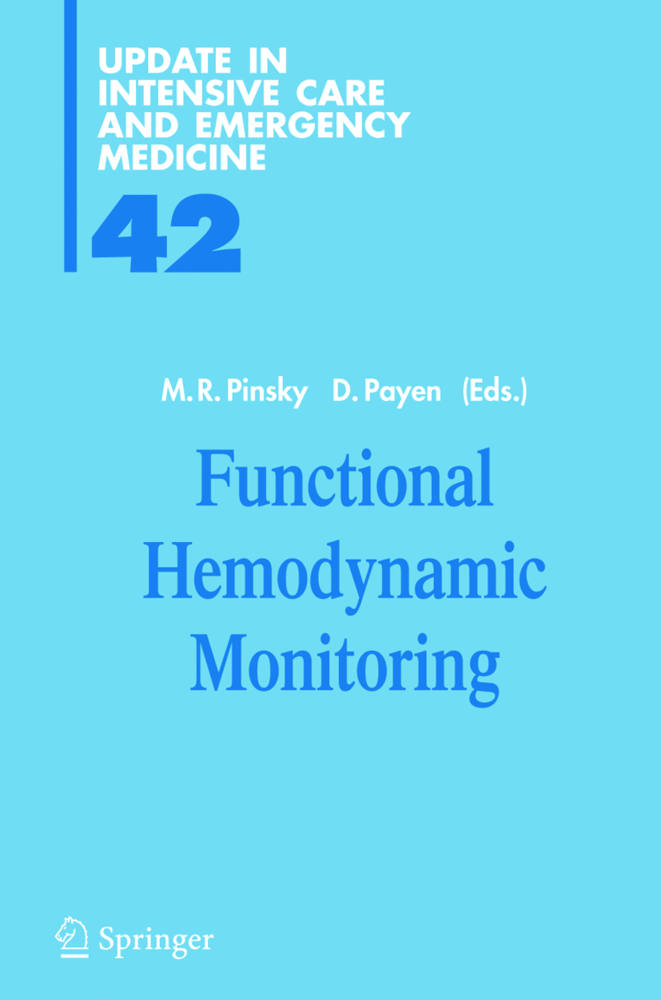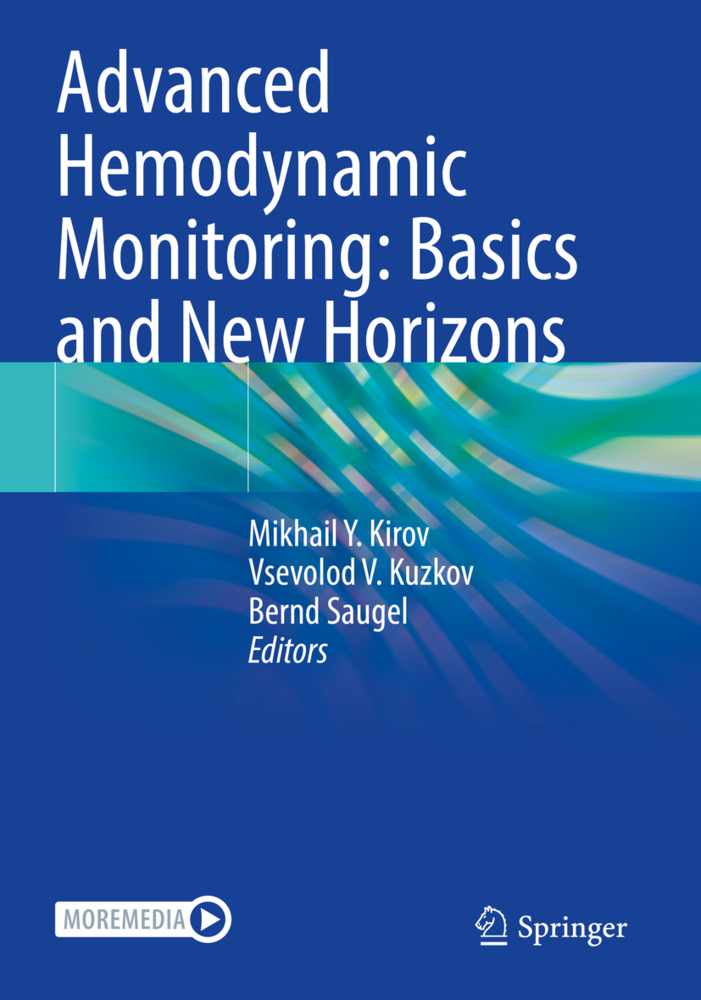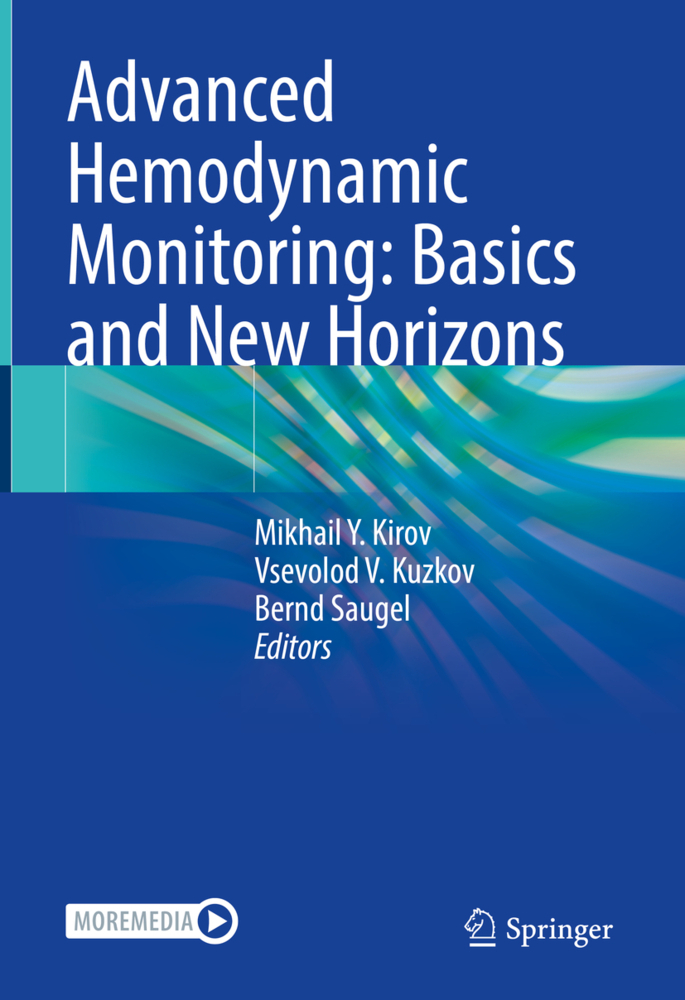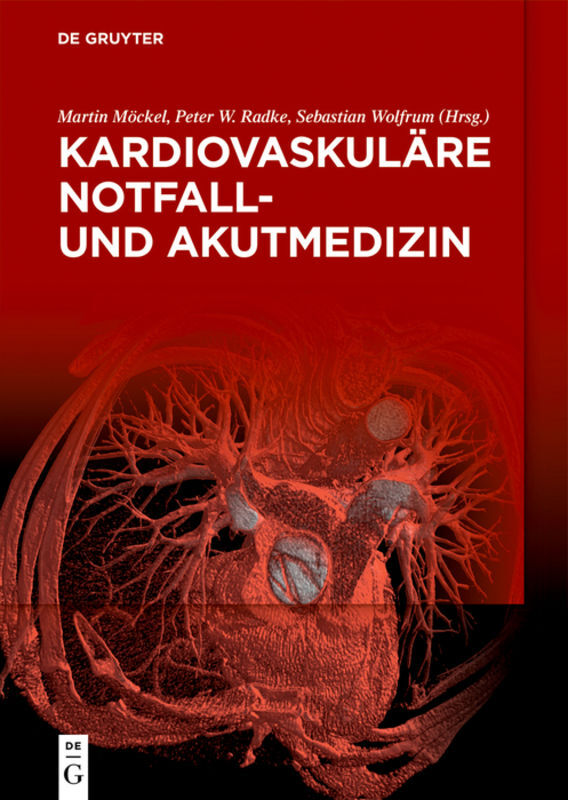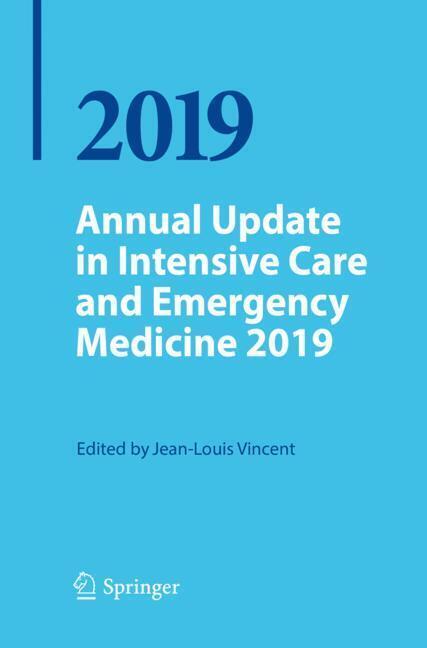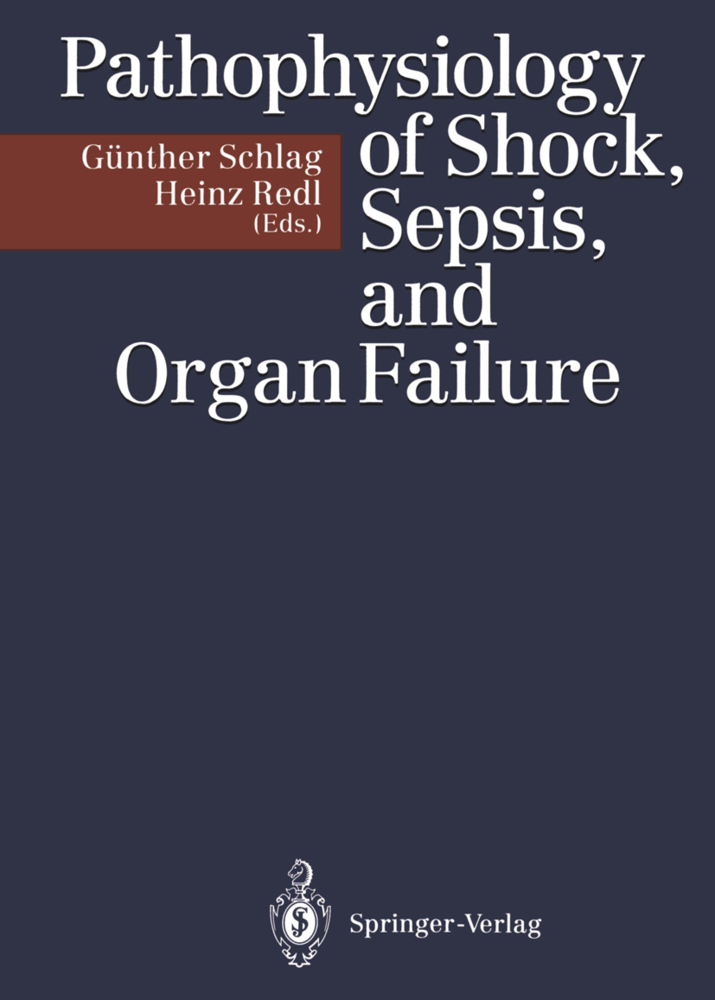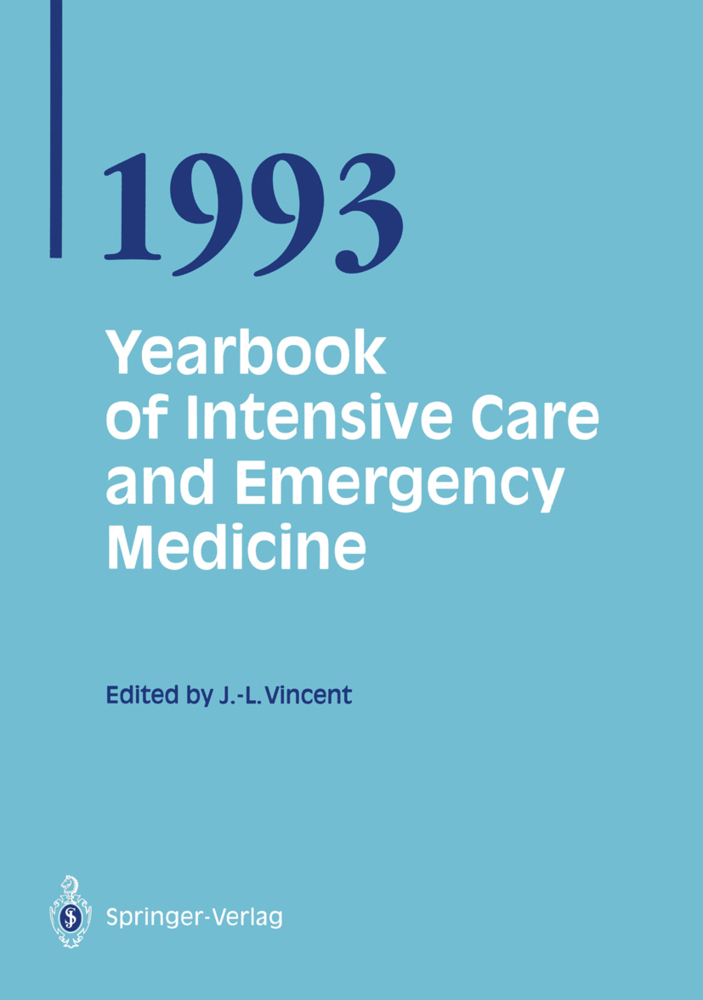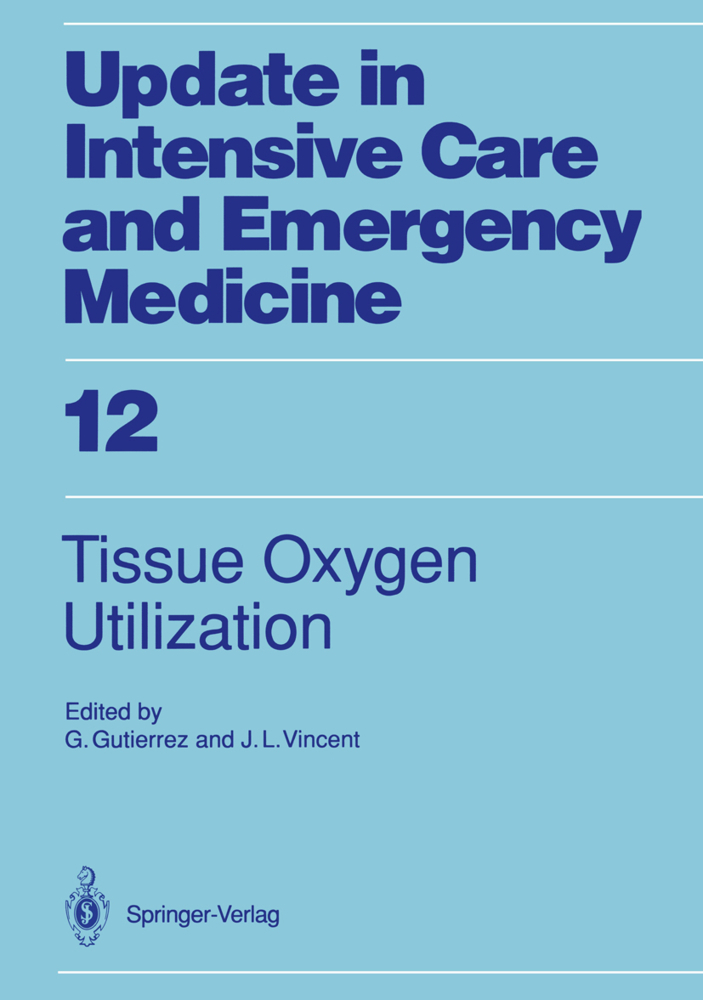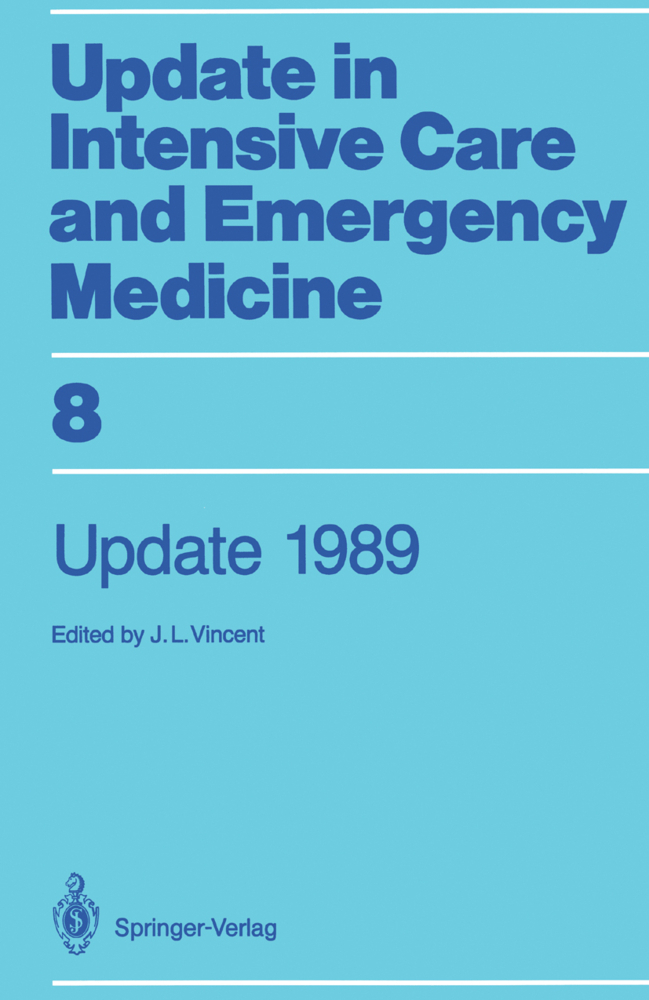Functional Hemodynamic Monitoring
Functional Hemodynamic Monitoring
Hemodynamic monitoring is one of the major diagnostic tools available in the acute care setting to diagnose cardiovascular insufficiency and monitor changes over time in response to interventions. However, the rationale and efficacy of hemodynamic monitoring to affect outcome has come into question. We now have increasing evidence that outcome from critical illness can be improved by focused resuscitation based on existing hemodynamic monitoring, whereas non-specific aggressive resuscitation impairs survival. Thus, this book frames hemodynamic monitoring into a functional perspective wherein hemodynamic variables and physiology interact to derive performance and physiological reserve estimates that themselves drive treatment. This philosophy, as well as the limitations and applications of common and evolving hemodynamic measures and their focused use in the care of critically ill patients are discussed, relevant to one underlying truth: No monitoring device, no matter how simple or sophisticated, will improve patient-centered outcomes useless coupled to a treatment which, itself, improves outcome.
Functional Hemodynamic Monitoring: Foundations and Future
Therapeutic goalsDefining Hemodynamic Instability
Determinants of Blood Flow and Organ Perfusion
Determining Effectiveness of Regional Perfusion
Microcirculatory and Mitochondrial Distress Syndrome (MMDS): A New Look at Sepsis
'Adequate' Hemodynamics: A Question of Time?
Limits and Applications of Hemodynamic Monitoring
Arterial Pressure: A Personal View
Central Venous Pressure: Uses and Limitations
Pulmonary Artery Occlusion Pressure: Measurement, Significance, and Clinical Uses
Cardiac Output by Thermodilution and Arterial Pulse Contour Techniques
Clinical Value of Intrathoracic Volumes from Transpulmonary Indicator Dilution
Methodology and Value of Assessing Extravascular Lung Water
Arterial Pulse Contour Analysis: Applicability to Clinical Routine
Arterial Pulse Power Analysis: The LiDCO? plus System
Esophageal Doppler monitoring
Splanchnic Blood Flow
Measurement of Oxygen Derived Variables and Cardiac Performance
Microcirculatory Blood Flow: Videomicroscopy
Mixed Venous Oxygen Saturation (SvO2)
Central Venous Oxygen Saturation (ScvO2)
DO2/VO2 relationships
Cardiac Preload Evaluation Using Echocardiographic Techniques
Right Ventricular End-Diastolic Volume
Assessment of Fluid Responsiveness
Fluid Therapy of Tissue Hypoperfusion
The Use of Central Venous Pressure in Critically Ill Patients
Arterial Pressure Variation during Positive-pressure Ventilation
Arterial Pulse Pressure Variation During Positive Pressure Ventilation and Passive Leg Raising
Development of Treatment Algorithms
Standardization of Care by Defining Endpoints of Resuscitation
Protocolized Cardiovascular Management Based on Ventricular-arterial Coupling
Cost Effectivenessof Monitoring Techniques.
Pinsky, Michael R.
Payen, Didier
| ISBN | 978-3-540-22986-5 |
|---|---|
| Medientyp | Buch |
| Copyrightjahr | 2005 |
| Verlag | Springer, Berlin |
| Umfang | 420 Seiten |
| Sprache | Englisch |

